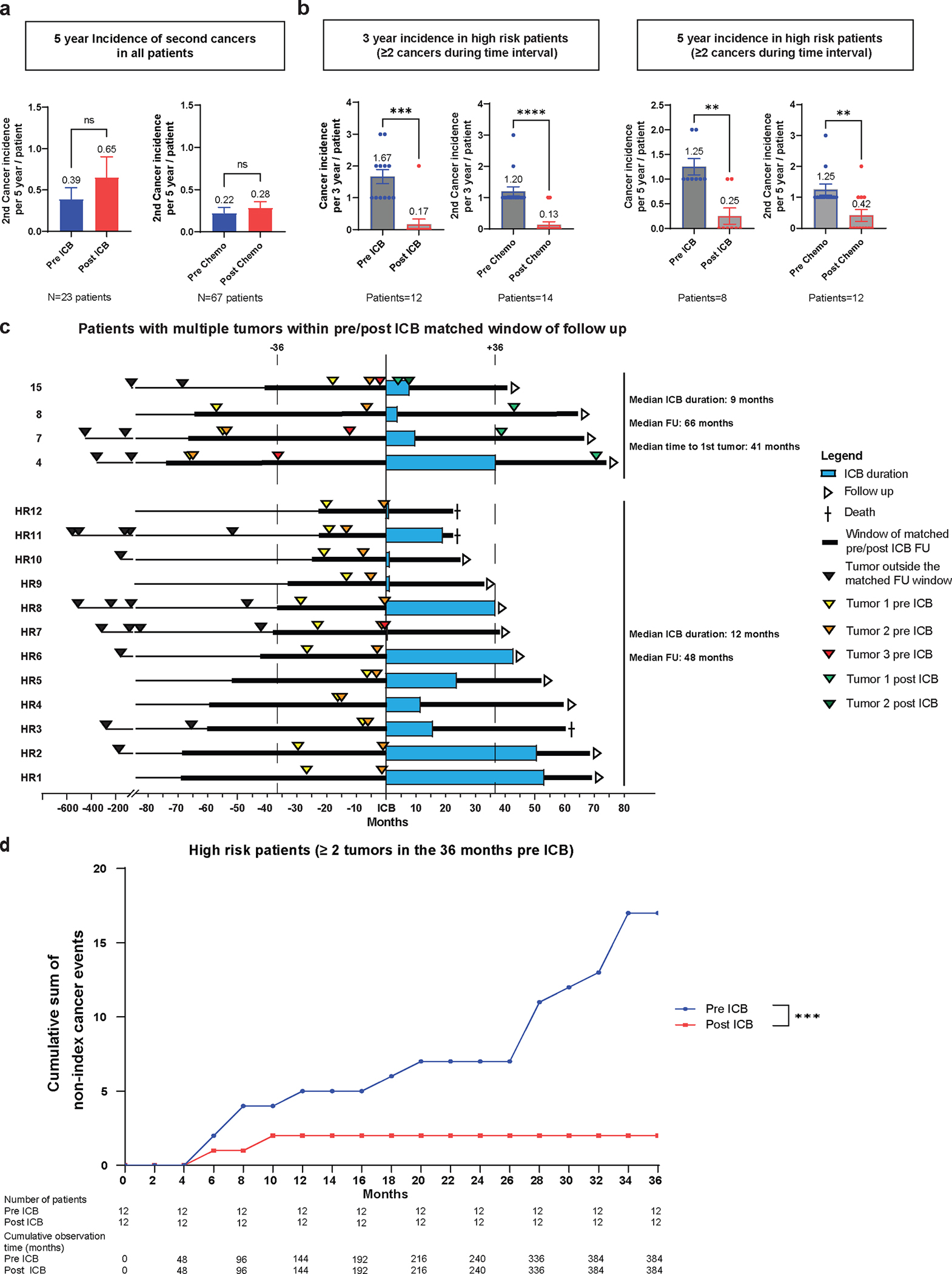Extended Data Fig. 6. Incidence of subsequent primary malignancies (SPM) in the immune checkpoint blockade (ICB) treated and non-ICB (chemotherapy) treated patients with Lynch syndrome.

a, SPM incidence at 5-years matched follow-up in the ICB treated (pre- and post-ICB) and non-ICB treated cohort (pre- and post-chemotherapy). The number of matched patient pre/post ICB or pre/post chemotherapy is reported below the figure. The 5 year incidence of 2nd neoplasm for each clinical condition is reported above the box plot representing the mean and standard deviation (SEM). Pre and post 5 year incidence were compared using paired t test. ns: non significant, P > 0.05. b, SPM incidence in patients defined as high risk (HR). HR-patients were defined as patients presenting with multiple non concomitant cancers (> = 2) in a pre-ICB delay matched with post-ICB follow up. 3-year and 5-year incidence calculation was performed excluding the index cancer and concomitant cancers ( < 1 month between diagnoses of cancers). The number of matched patient pre/post ICB or pre/post chemotherapy for 3-year and 5-year incidence of 2nd neoplasm is reported below the figure. The 3-year and 5-year incidence of 2nd neoplasm for each clinical condition is reported above the box plot representing the mean and standard deviation (SEM). Pre and post 3-year or 5-year incidence were compared using paired t test. ns: non significant, P > 0.05. c, Swimmers plot demonstration cancer occurrence pre- and post-ICB exposure in the HR patient cohort over time in months for patients with match pre and post ICB follow up. The patient numbers for the ones developing post ICB neoplasms correspond to those reported in Fig. 1 (patients 15, 8, 7 and 4). Other high-risk patients (HR) are numerated from 1 to 12. Median ICB duration and follow up (FU) are reported for patients developing post ICB neoplasms and for the patients not developing post ICB neoplasm. The order of neoplasm occurring during the matched pre and post ICB follow up is reported. No statistical comparison was performed. d, Cumulative post-ICB cancer incidence in the ICB-exposed HR-patient cohort. High risk Patients with a matched follow up pre- and post-ICB of 36 months were selected and all non-index cancers occurring during the window of observation were accounted for. Cumulative incidence is reported as the cumulative sum of non-index cancers occurring during the period of observation. Number of patients and cumulative observation time in months are reported. Fisher’s exact test comparing the cumulative observation time without a neoplasm event to the number of months with an event was used for statistical analysis. ***: P < 0.001.
